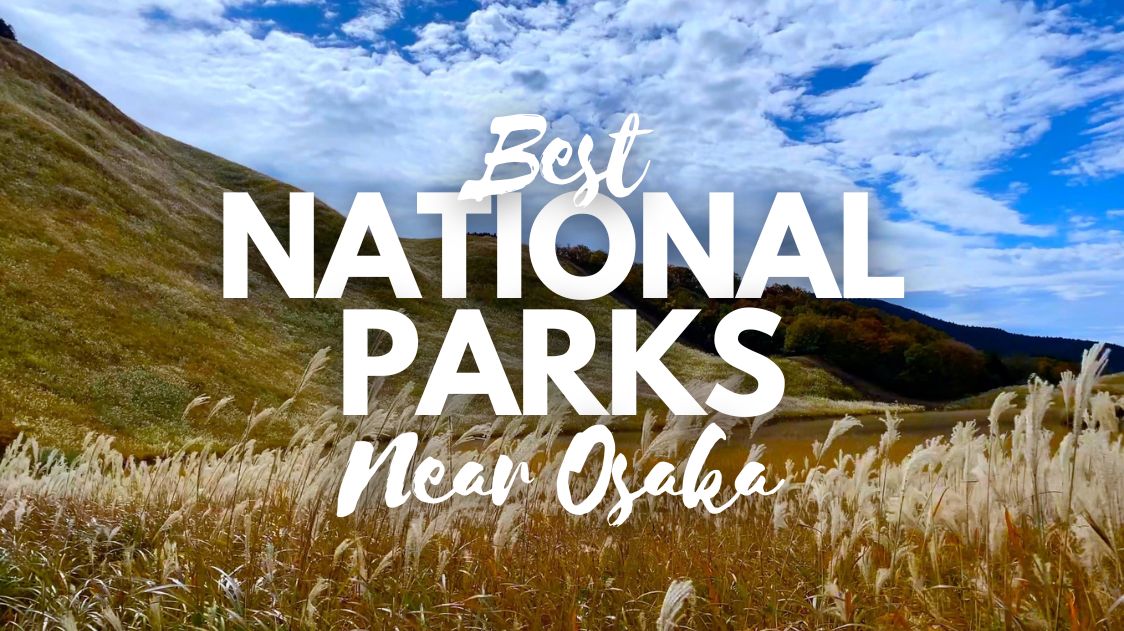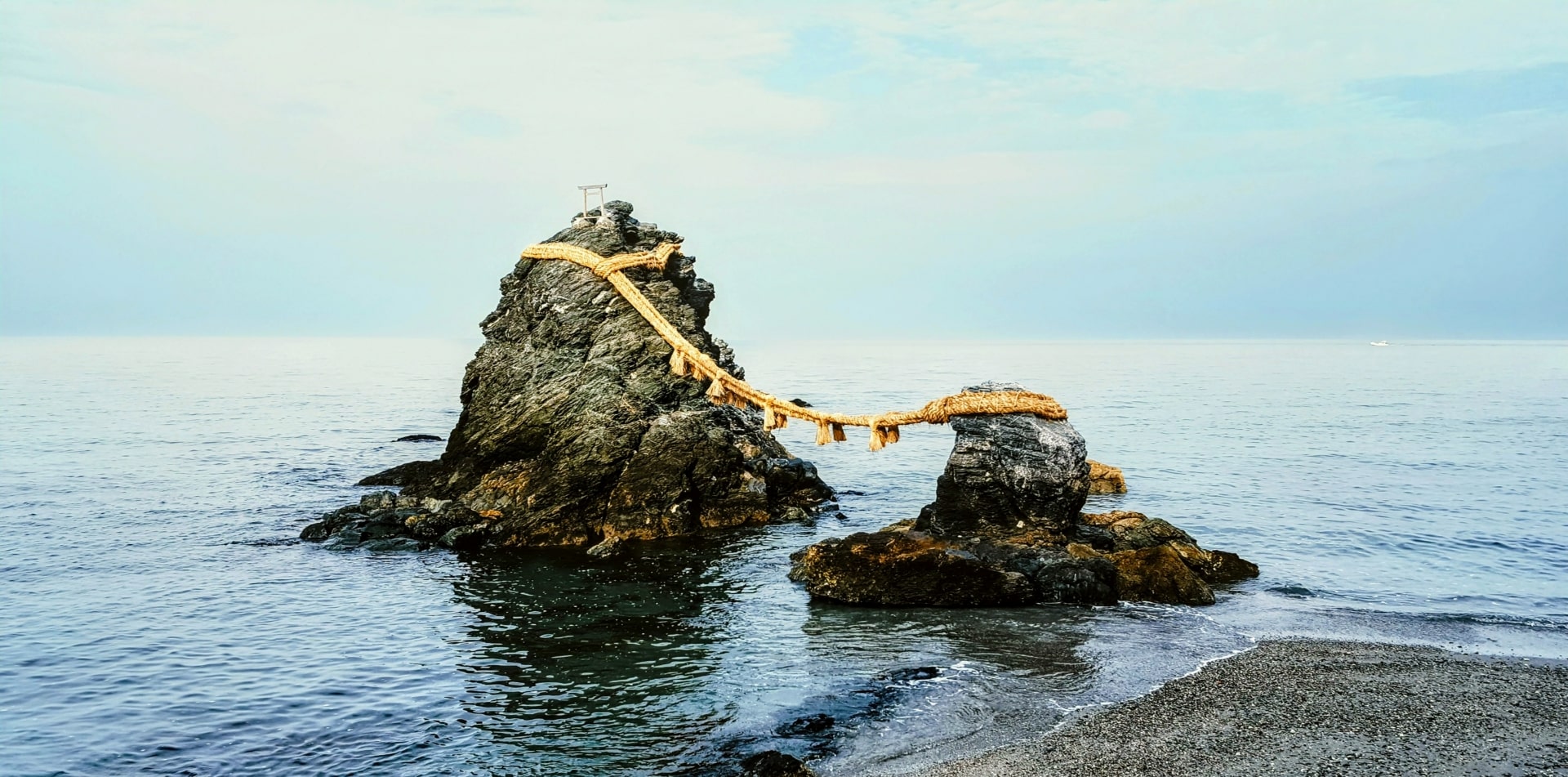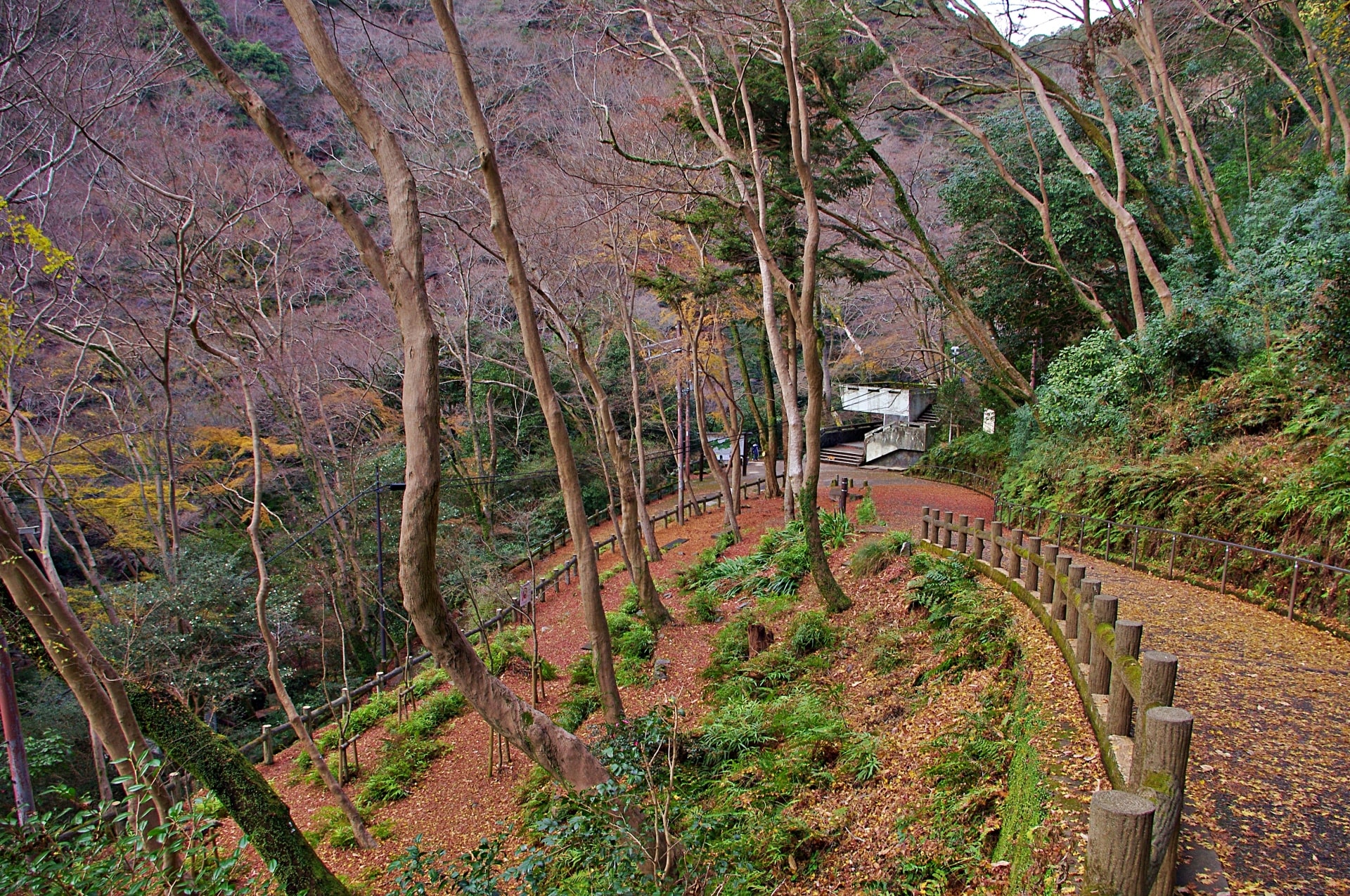Best National Parks Near Osaka
Discover Kansai’s National Parks: Perfect Day Trips from Osaka

When you think of Osaka, what comes to mind? Neon lights, delicious street food, and maybe a bit of shopping? Sure enough, the city has all of that. But beyond the busy streets you’re probably not expecting the vast untouched nature, mesmerizing coastlines, ancient forests, and mountain vistas waiting to be explored. The Kansai region is home to some of Japan’s most breathtaking national parks, a slice of wilderness waiting for you just a short trip from the city.
Japan’s national parks are an excellent way to experience the country, not only for the landscapes, but also because of the cultural and historical elements tied to them. For Osaka dwellers, these parks offer an easy escape into nature without the need for a long vacation, and for international visitors, it’s a great option to step outside the usual spots and engage with Japan’s natural beauty. Keep reading to get more details!
1. Ise-Shima National Park

Stretching across the eastern coast of the Kii Peninsula, Ise-Shima National Park (伊勢志摩国立公園) is one of the most culturally significant places in all of Japan. Known for its rocky coastlines, quiet islands, and crystal-clear waters, the park is perhaps most famous for being the home of the Ise Grand Shrine (伊勢神宮), one of Japan’s most sacred Shinto sites.
The park’s diverse landscapes range from tranquil bays to dense forests, allowing for a wide array of options for outdoor enthusiasts. You can enjoy hiking trails through lush greenery, or maybe opt for a quieter experience like exploring the scenic Ago Bay (英虞湾), famous for its pearl cultivation. Because of this, the region also boasts a rich history with the ama, traditional female divers whose legacy continues to draw visitors.
2. San’in Kaigan National Park

San’in Kaigan National Park (山陰海岸国立公園), along the northern coast of the Kansai region, is a geological marvel. Famous for its dramatic rock formations, sandy beaches, and imposing cliffs, from where you can see some of the most stunning views of the Sea of Japan. One of the park’s most iconic features is the Tottori Sand Dunes (鳥取砂丘), the largest sand dunes in Japan, where you can experience what a desert-like terrain is like, complete with camel rides and sandboarding.
In addition to the sand dunes, San’in Kaigan is a paradise for geologists and nature lovers thanks to its rich volcanic history, with various formations along the coast, providing insight into the Earth’s ancient past. alike. These areas pf the park arfe part of a UNESCO Global Geopark, where you will find hiking trails winding through forests and along the coastline, leading to hidden coves and secluded beaches.
3. Setonaikai National Park

Setonaikai National Park (瀬戸内海国立公園) is Japan’s largest national park, covering the vast Seto Inland Sea and its picturesque islands. Though it spans multiple regions, the areas closest to Kansai offer a convenient escape for those based in or visiting Osaka, including charming spors like Awaji Island (淡路島), known for its lush landscapes and tranquil beaches, as well as Mount Rokko (六甲山), with its panoramic views of Kobe and Osaka.
Setonaikai’s appeal lies in its mix of land and sea. The islands scattered throughout the inland sea offer biking, hiking, and coastal walks, while the calm waters are perfect for kayaking and leisurely boat tours. For history enthusiasts, there’s also the opportunity to explore ancient temples and shrines tucked away on the islands. Best of all, it’s far from the usual crowds.
4. Yoshino-Kumano National Park

Yoshino-Kumano National Park (吉野熊野国立公園) is a deep dive into Japan’s spiritual heartland, with landscapes that are as culturally rich as they are stunning. Located in the southern part of the Kansai region, this park is known for its sacred mountains, ancient pilgrimage routes, and lush forests. At its core lies Mount Yoshino (吉野山), famous for its breathtaking cherry blossoms in the spring, drawing visitors from all over Japan.
This park is also home to the Kumano Kodo (熊野古道), a network of ancient pilgrimage trails that wind through dense forests, leading to the revered Kumano Sanzan shrines. Walking these routes provides a profound connection to Japan’s history and spirituality, with stunning natural scenery along the way. The park’s coastline and beatiful waterfalls, such as Nachi Falls (那智滝), provide even more reason to explore this area.
Extra: Quasi-National Parks Near Osaka
While Japan’s National Parks are renowned for their size and significance, Quasi-National Parks are often equally captivating and more accessible for shorter trips. These parks are protected for their scenic beauty and biodiversity but are managed mostly by local governments.
For nature lovers based in or near Osaka, several Quasi-National Parks provide a chance to experience stunning landscapes without venturing too far from the city. They allow for a variety of outdoor activities while maintaining a more laid-back, less crowded atmosphere compared to their National Park counterparts. There are plenty in the Kansai area so we’re focusing on the closer ones:
Meiji no Mori Minoo Quasi-National Park

Just a short train ride from Osaka, Meiji no Mori Minoo Quasi-National Park (明治の森箕面国定公園) is an accessible and peaceful retreat into nature. Famous for its autumn foliage, this park is home to the stunning Minoo Falls (箕面大滝), a 33-meter drop nestled within a forest that turns into a sea of red and gold in the fall. The park’s main trail is easy to walk and leads visitors through lush forests filled with maple trees and wildlife, including Japanese macaques.
In addition to its natural beauty, the park also includes historical sites like Ryuanji Temple (瀧安寺) adding a cultural touch to the experience. Popular with both hikers and families, Meiji no Mori Minō is perfect for a day trip, for a refreshing break from the city without the need for extensive travel.
Biwako Quasi-National Park

One of the most scenic spots in the park is Mount Hiei (比叡山), which offers not only hiking opportunities but also the chance to visit the historically significant Enryaku-ji Temple (延暦寺), a UNESCO World Heritage Site. The park’s accessibility from Osaka makes it a popular destination for a day trip or a weekend getaway, where visitors can immerse themselves in both natural beauty and cultural heritage.
Muro-Akame-Aoyama Quasi-National Park

Muro-Akame-Aoyama Quasi-National Park (室生赤目青山国定公園) is a hidden gem located in the heart of Kansai, offering a mix of lush forests, clear streams, stunningly beautiful wide open fields and many waterfalls.
Located across Nara and Mie Prefectures, the park is known for its pristine nature and the stunning Akame 48 Waterfalls (赤目四十八滝), a series of cascading falls surrounded by dense forests. The area is also famous for its connection to ninja history, with Akame being a historic training ground for Iga ninja.
For outdoor enthusiasts, the park offers several hiking trails that wind through peaceful forests and along the riverside, and also the Soni Plateau (曽爾高原) and its incredibly scenic fields, popular among trekkers in autumn. The area is also home to the Muroji Temple (室生寺), a lesser-known but beautiful Buddhist temple nestled in the mountains.
Kongo-Ikoma-Kisen Quasi-National Park

On a clear day, the summit rewards visitors with stunning views stretching as far as Osaka Bay and even Awaji Island. Aside from hiking, Kongō-Ikoma-Kisen is also home to the Ikoma Sanjo Amusement Park (生駒山上遊園地), so it’s also it a popular destination for families. The park’s mixture of natural beauty and accessibility makes it perfect for short getaways from the urban sprawl.
Yamato-Aogaki Quasi-National Park

A visit to Yamato-Aogaki Quasi-National Park (大和青垣国定公園) will give you a good idea about some of the ancient landscapes that have shaped Japan’s cultural history. Located in Nara Prefecture, this park features rolling hills, dense forests, and historically significant sites, particularly those connected to early Japanese mythology, as well as several ancient burial mounds, or kofun (古墳), which offer a fascinating look into Japan’s distant past.
The hiking trails through the park are peaceful and relatively undiscovered, making Yamato-Aogaki a great destination for those seeking solitude in nature. The area’s varied landscape, with its hills and valleys, provides a gentle hiking experience suitable for all levels. In addition to its natural beauty, the park offers several historical and cultural spots, including temples and shrines that date back centuries.
Kyoto Tamba Kogen Quasi-National Park

In addition to its scenic trails, Kyoto Tamba Kogen is rich in biodiversity, with many rare plants and animals thriving in the park’s ecosystems, in addition to several historic sites, including ancient roads and village remnants that date back to the Heian period. This park is perfect for those looking to combine outdoor adventure with a deeper appreciation of Japan’s rural and historical roots.
▽Subscribe to our free news magazine!▽
For more information about traveling in Japan, check these articles below, too!
▽Related Articles▽
▼Editor’s Picks▼
Written by
Photographer, journalist, and avid urban cyclist, making sense of Japan since 2017. I was born in Caracas and lived for 14 years in Barcelona before moving to Tokyo. Currently working towards my goal of visiting every prefecture in Japan, I hope to share with readers the everlasting joy of discovery and the neverending urge to keep exploring.















